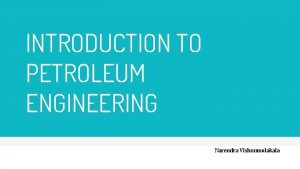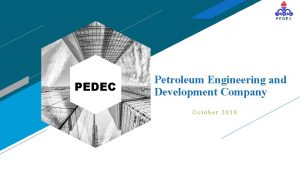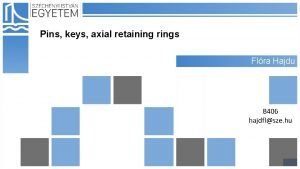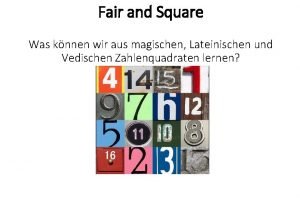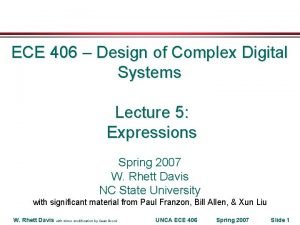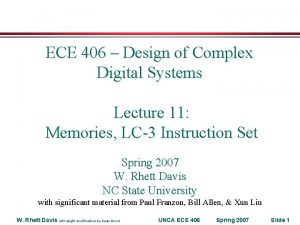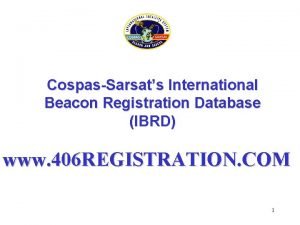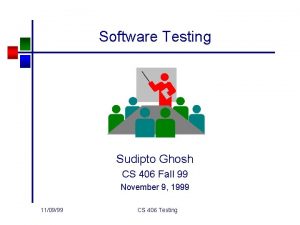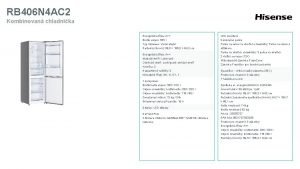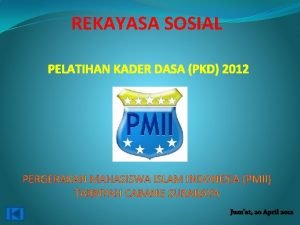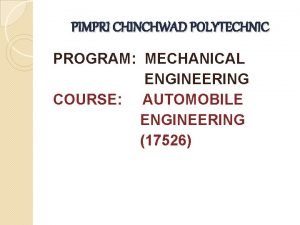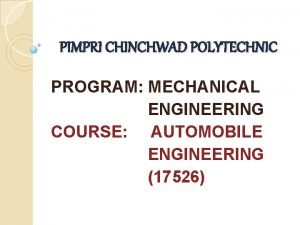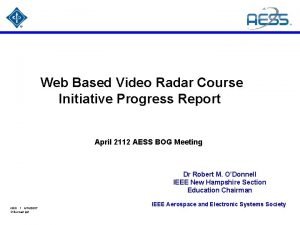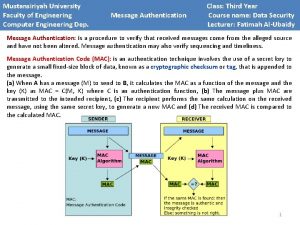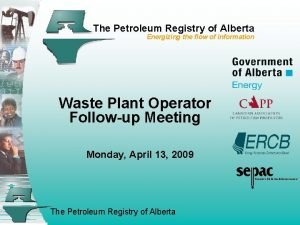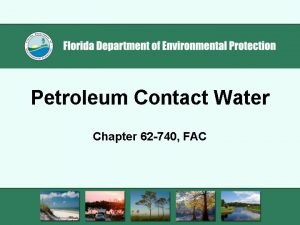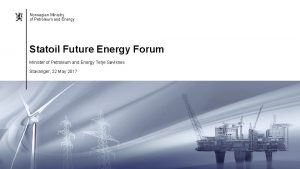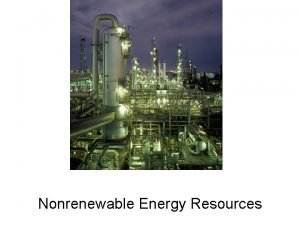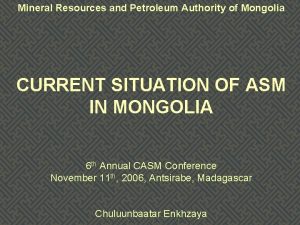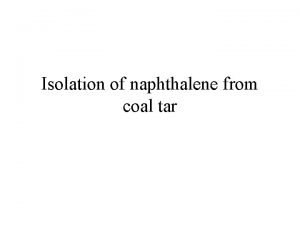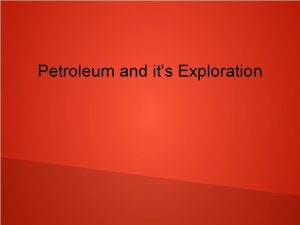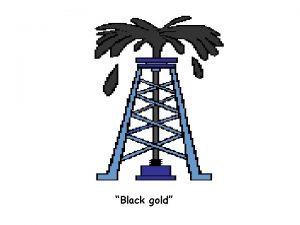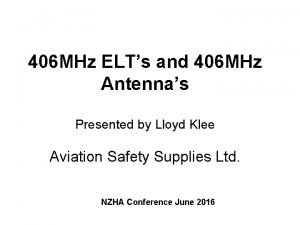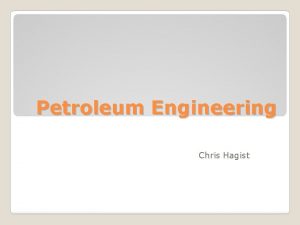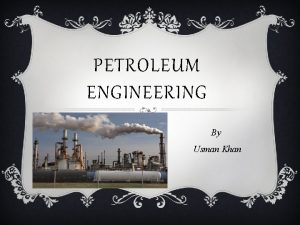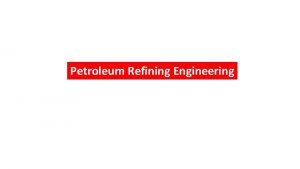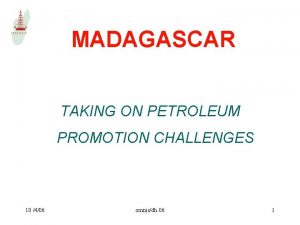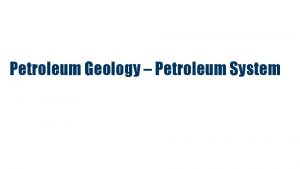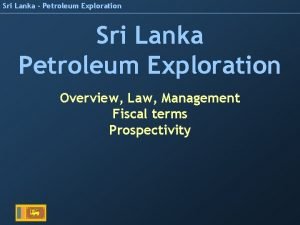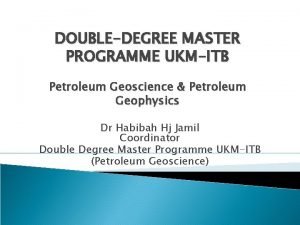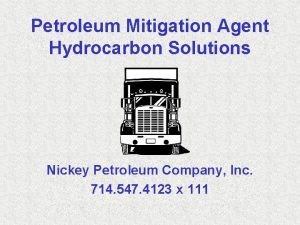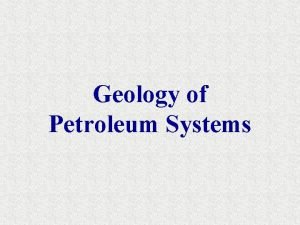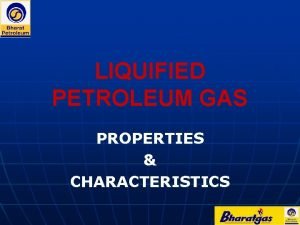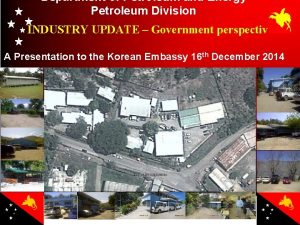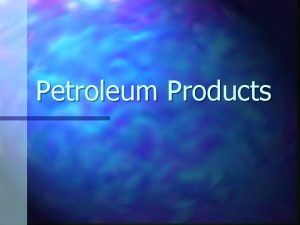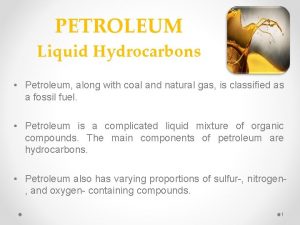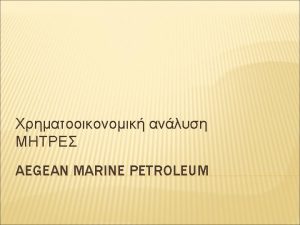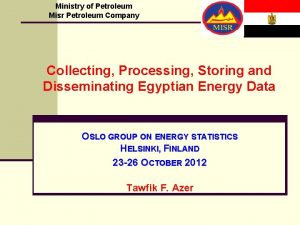Petroleum Engineering 406 Introduction Introduction Introduction to course


































- Slides: 34

Petroleum Engineering 406 Introduction

Introduction • • • Introduction to course Class hours Grading Textbooks Schedule Introduction to Well Control

Introduction • Description: (3 -0). Credit 3. II – Well control; underbalanced drilling; offshore drilling; horizontal, extended, reach, multilateral drilling; and fishing operations – Prerequisite: PETE 411 • Classes: • Richardson: 8: 00 – 8: 50 a. m. MWF 313

Introduction • • • Instructor: Jerome J. Schubert, PE Office: 501 K Richardson Hours: 9: 00 - 11: 00 a. m. TR Phone: 979/862 -1195 e-mail: schubert@spindletop. tamu. edu Notes: http: //pumpjack. tamu. edu/~schubert

Grading • • • Quiz. A: Quiz B: Final: Hmwk: Project: 20% 20% 20%

Textbooks • Applied Drilling Engineering – Bourgoyne, Chenevert, Millheim, Young • Well Control Manual – Schubert • Handouts, Technical papers, etc.

Course Content • Well Control – Kicks – Blowouts – Terminology – Basic Well Control Calculations – Causes of Kicks – Kick Detection – Shut-In Procedures

Course Content • • Well Kill Procedures Equivalent Mud Weights Casing Seat Tests Kick Tolerances Gas Kicks Abnormal Pressure Casing Seat Selection

Course Content • • Well Control Equipment Unusual Well Control Operations Shallow Gas Subsea Well Control

Course Content • Underbalanced Drilling, UBD – Introduciton to UBD – UBD techniques – Benefits – Equipment – Selecting candidates – UBD engineering

Course Content • Offshore Drilling – Platform Rigs – Jackup rigs – Floating Drilling

Course Content • Dual Gradient Drilling – Introduction to DGD – U-tube concepts – Pressure profiles – DGD well control

Petroleum Engineering 406 Lesson 1 Well Control

Well Control • Kick – “an unscheduled entry of formation fluids into the wellbore, of sufficient Quantity to require shutting in the well. • Blowout – Loss of control of a kick

Blowout

Blowouts

Well Control • Blowout – Surface – Underground • Blowouts caused by – equipment failure – human error

Well Control • Engineers in office can aid in well control by: – Provide pressure profiles for all pending wells – Provide offset information such as logs, bit records, mud reports, drilling records. – Provide support and assistance personnel on location.

Well Control Terminology • Hydrostatic pressure =. 052 x MW x TVD

Hydrostatic Pressure • Derive HSP equation • Calculate the HSP for each of the following: – 10, 000’ of 12. 0 ppg mud – 12, 000’ of 10. 5 ppg mud – 5, 000’ of 11. 2 ppg mud on top of 6, 000’ of 16. 5 ppg mud

Hydrostatic Pressure • Derive HSP equation – Area = A, sq. ft. – Height = h, ft. – Density = MW, ppg • Weight of fluid = – A*h (ft 3)*62. 4 lb/ ft 3 *MW/8. 33 – =62. 4/8. 33*MW*A*h A MW h

Hydrostatic Pressure • This weight is equally distributed over an area of A sq. ft or 144*A sq. in. • Pressure = Weight (force)/area • = 62. 4*MW*A*h • 8. 33*144*A • P=. 052*MW*h where h=TVD

Terminology • Pressure Gradient – psi/ft =. 052 x MW – ppg equivalent • Formation Pressure – Normal pressure – Abnormal pressure – Subnormal pressure

Terminology • Overburden pressure – function of rock and fluid above zone of interest • Fracture pressure

Terminology • Pump pressure or system pressure loss

Terminology • Slow Pump Pressure • Taken: – every tour by each driller – pumps repaired or liners changed – mud properties change – every 500’ of hole – change in BHA – bit nozzles changed

Terminology • Surge pressure • Swab pressure

Terminology • Shut-in drillpipe pressure - SIDPP – FP = HSPdp + SIDPP • Shut-in casing pressure - SICP – FP = HSPcsg mud + HSPinflux + SICP • Bottom-hole pressure - BHP – BHP = HSP + SIP + Friction + Surge - Swab

U-Tube Concept

Basic Calculations • Dia, in - cap, bbl/ft

Basic Calculations • Pump Output – Duplex Pump – Triplex Pump

Basic Calculations

Basic Calculations • Kill Weight Mud – KWM = SIDPP/(0. 052 x TVD) + OWM – KWM = FP/(0. 052 x TVD)

Weight material to add to increase density
 Pros and cons of petroleum engineering
Pros and cons of petroleum engineering Petroleum engineering and development company
Petroleum engineering and development company 406 woodruff key dimensions
406 woodruff key dimensions Despertai vos levantai vos
Despertai vos levantai vos Magische quadrat 406
Magische quadrat 406 Ece406
Ece406 Ece 406
Ece 406 406 afsb
406 afsb Pharm406
Pharm406 Multithread chain stitch
Multithread chain stitch International beacon registration database
International beacon registration database Cs 406
Cs 406 Nec article 406
Nec article 406 Hisense rb 406 n 4 ac 2
Hisense rb 406 n 4 ac 2 Introduction to software engineering course outline
Introduction to software engineering course outline Sailor course brick
Sailor course brick Course number and title
Course number and title Course interne moyenne externe
Course interne moyenne externe Special topics in software engineering
Special topics in software engineering Internet engineering course
Internet engineering course Rekayasa sosial pmii
Rekayasa sosial pmii Mechanical engineering course
Mechanical engineering course Mechanical engineering course
Mechanical engineering course Radar systems engineering course
Radar systems engineering course Computer engineering course
Computer engineering course Software engineering uottawa course sequence
Software engineering uottawa course sequence Petroleum registry
Petroleum registry Petroleum ether composition
Petroleum ether composition Fac
Fac Fractional distillation of petroleum
Fractional distillation of petroleum Petroleum facts
Petroleum facts Statoil ministry of petroleum and energy
Statoil ministry of petroleum and energy Advantages of petroleum
Advantages of petroleum Mineral resources and petroleum authority of mongolia
Mineral resources and petroleum authority of mongolia Haworth synthesis of naphthalene
Haworth synthesis of naphthalene
